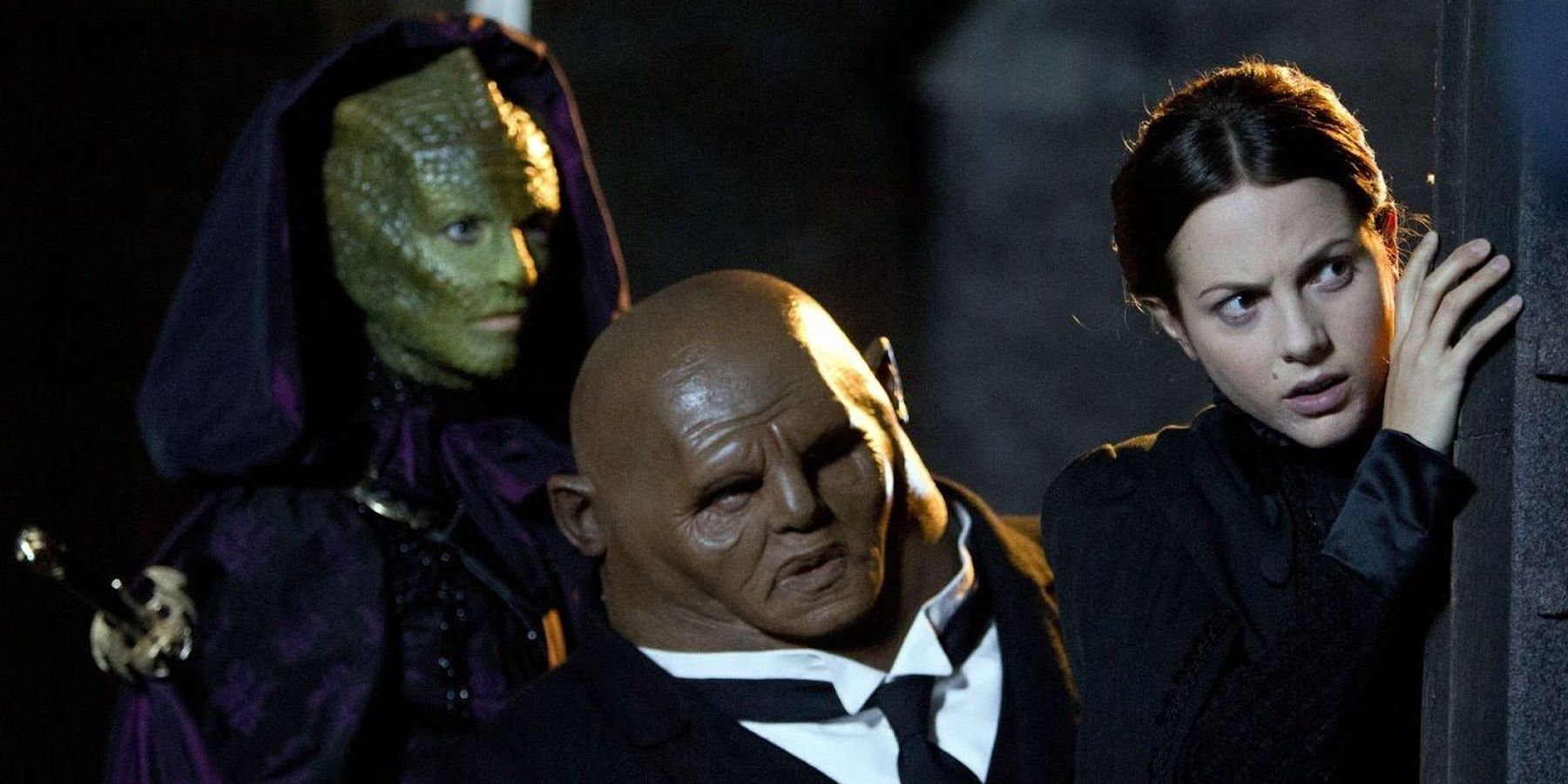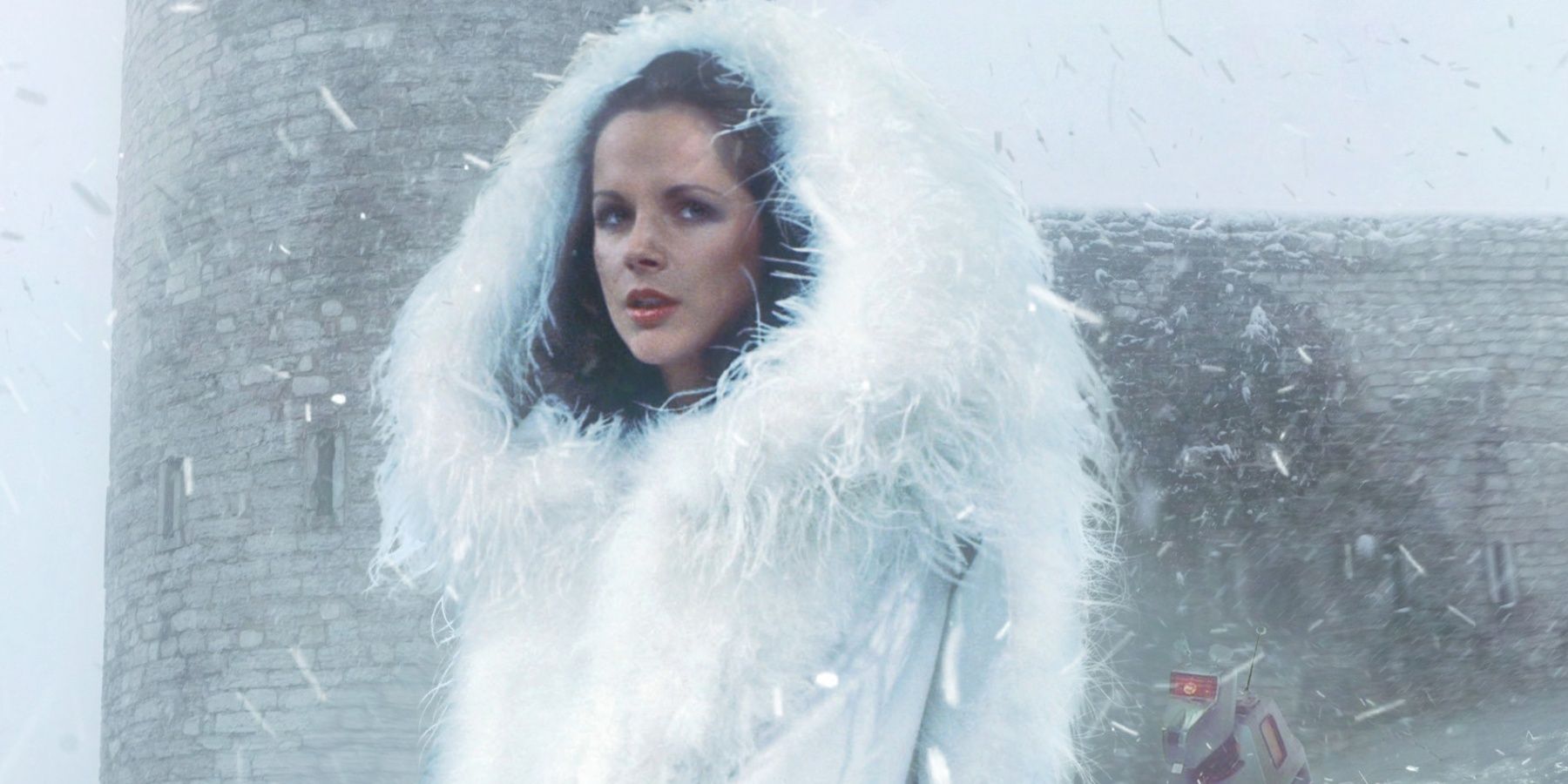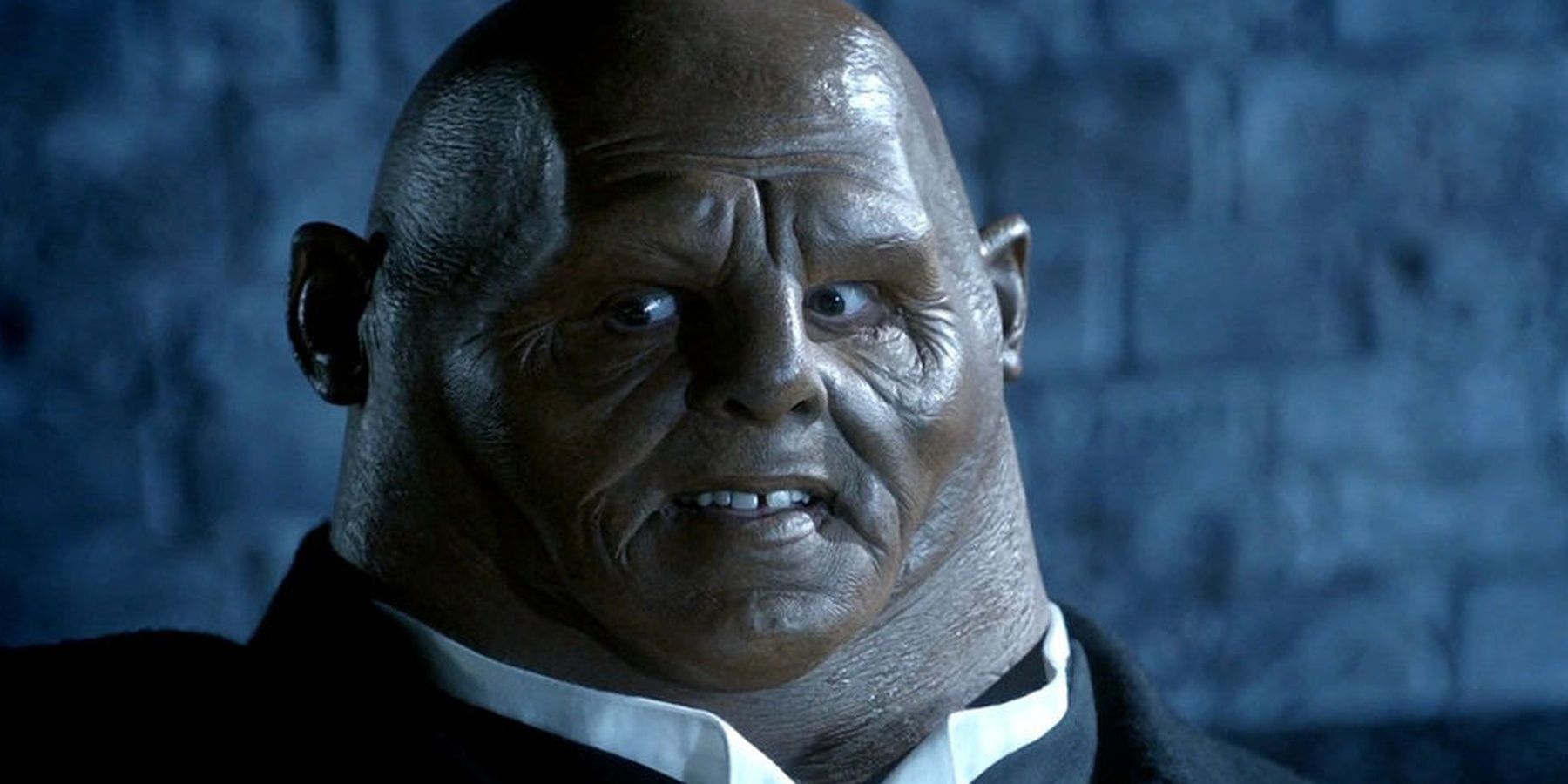The world of Doctor Who is vast; it spans the Universe and time itself. Yet still, the Doctor has a habit of sticking around Earth and picking up people from the UK to travel with. The legendary Time Lord from the fabled planet Gallifrey, the oncoming storm, a survivor of the Time War, spends their time hanging out with almost exclusively Earthlings. That seems a bit far-fetched.
In all its time on air, Doctor Who has introduced audiences to numerous new lifeforms of all shapes, sizes, and states of matter. However, at least in the modern series, the Doctor almost never brings an alien along to be the traveling companion in the TARDIS. The few times that the Doctor has teamed up with extraterrestrials in the rebooted show, however, shows why it should happen more often.
Relatable Companions Don't Have To Be Human
The Doctor has had many iconic companions, from the Doctor's first companion, his granddaughter Susan, to Sarah Jane Smith traveling with the Third and Fourth Doctor. All the way through to Rose Tyler, Donna Noble, and the Ponds joining the revival, they've been just as memorable as each incarnation of the Doctor themselves. In the early days of the show, companions were from Earth, but they often came from different periods in Earths' timeline. For example, the First Doctor traveled with a 25th-century orphan named Vicki, the Second Doctor shared the TARDIS with Jamie from 18th century Scotland, and former Time Agent Captain Jack Harkness from the 51st Century has joined multiple Doctors since the 2005 revival.
It wasn't until The Fourth Doctor's run that audiences were introduced to a non-human companion. Romana (short for Romanadvoratrelundar) is also a Time Lord from Gallifrey. She joined the Doctor in two different incarnations; her second imaginatively being called Romana II after she regenerates. Alongside Romana, Adric also followed The Doctor. Adric hailed from Alzarius, and belonged to a highly adaptable species that could supposedly genetically evolve to survive almost any situation. However, despite this Adric, still looked like a boy from London.
In fact, all of The Doctor's long-running alien companions have been very human-like. Time Lords look exactly like humans, at least externally. While this is an effective way to make audiences relate to what they see on screen (and work within the low budget of the classic series, which didn't have huge capacity for special effects), it can be a bit boring after a while. The Doctor traverses the universe, traveling through time. He shows companions things they would never have imagined, but never whisks away a friendly Kroton from their boring life to show them the stars.
Audiences are capable of suspending disbelief and empathizing with characters regardless of what they look like. As long as the character is well-developed and well written it won't matter where they come from or what they look like. Having an alien companion for more than a throwaway episode allows for rich storytelling opportunities, introducing audiences to experiences outside their own. World-building and mythology are fantastic ways to reinvigorate a series and bring fresh perspectives into the mix.
Beloved Characters Make A Case For Alien Companions
Many popular alien side characters have made an impact since the revived Doctor Who began, and would have made for excellent regular companions. Strax the Sontaran immediately springs to mind as someone that should have been a series regular. Sontarans have been in the show since the days of Sarah Jane Smith's travels with the Fourth Doctor, but Strax made his debut with the Eleventh Doctor. Humanoid aliens described as potato-men or thumb-like, the Sontarans are a race of militaristic clones who relish battle, and Strax was no different in that respect. However, Strax did differ by becoming indebted to Eleven and by becoming a friend; the two would often meet up for mini-golf. Strax was a huge fan favorite, a comical yet sympathetic character who ended up dying and then being resurrected by Madame Vastra and Jenny to live with them in Victorian England.
Speaking of Madame Vastra, she was another fan-favorite character. She was a Silurian, an ancient race of Earth's inhabitants who had been asleep beneath the Earth until construction workers in the 1880s accidentally woke her and killed her sisters. She went from being consumed by rage to integrating into Victorian society with her wife Jenny and their assistant Strax. She became a detective, often re-appearing to assist the Doctor.
The Doctor Who universe is vast — it's literally the entire universe (and E-Space). While from some standpoints it does make sense that The Doctor favors humans, it doesn't make sense that he would only choose them. As previously stated, show runners tend to stick to human companions in an effort to make the characters relatable to audiences. But in doing so, many chances are missed for innovative stories to be told. The Doctor delights in meeting aliens; he is positively gleeful when encountering a species he has never met before, even if they are antagonists. Everyone is offered the chance at redemption in Doctor Who, and it seems unlikely that the same kind of offer for adventure wouldn't also be extended to everyone, regardless of where they are from.
Doctor Who is rooted in acceptance and tolerance, and is consistently attempting to push boundaries. A huge step forward was made when the Doctor regenerated into a woman with the entrance of Jodi Whittaker. It's odd to think that in a series where the protagonist is a time-traveling alien whose life spans centuries and changes form, that this character would choose to spend most of their time with humans when the options for companionship are almost unlimited.



